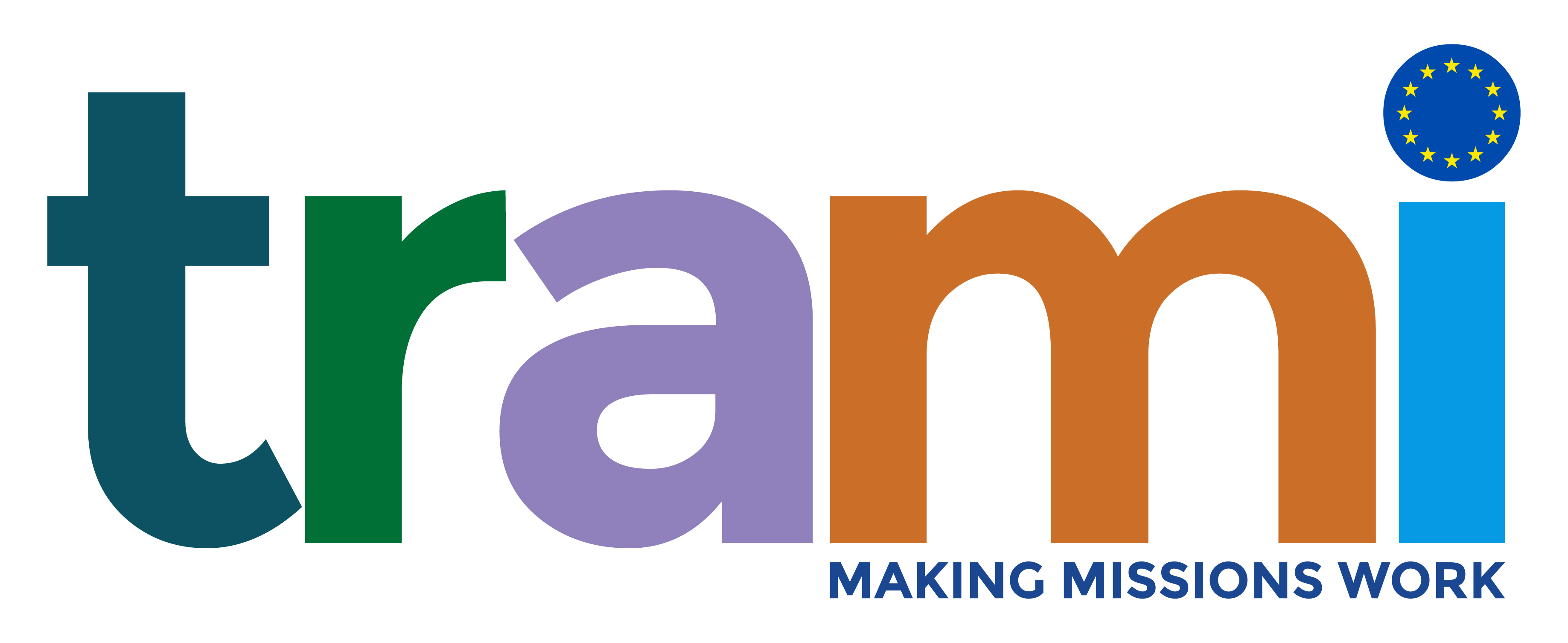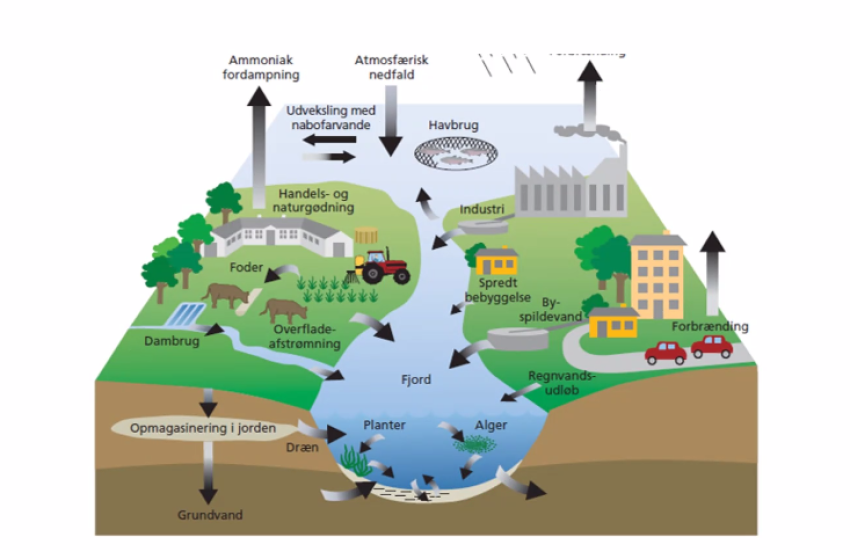Report on the second EMiN Meeting
Making missions work - How to involve regions in the mission implementation process?
After a successful kick-off of the European Mission Network (EMiN) in October, the second EMiN-meeting took place on 7th December. The event was held as a two-hour webinar and the focus was on the involvement of the regions in the mission implementation process. Stakeholders from Swedish and Danish regions were invited to present a closer look on regional examples and approaches towards the implementation of missions.
The meeting invitation was spread via the EMiN network as well as networks from TRAMI partners via a snowballing process. In total, 78 stakeholders from 19 countries (including EU, UK and CH) participated in the meeting.
The meeting started off with a short introduction into TRAMI and the EMiN by Work Package 1 (built and consolidate a sustainable Mission Network) lead Angela Schindler-Daniels from DLR Project Management Agency.
After that, Daniel Sköld from the Swedish region of Blekinge gave a presentation about how they designed a pilot on what a mission-oriented way of working means, including how they are using missions as a framework and as a method.
Furthermore, Birgitte Karnøe Frederiksen was talking about how the Central Denmark Region are directing the LIFE-funded project Coast 2 Coast into a mission context. She emphasized that the 6-year project was well under way when the EU Missions were launched, nevertheless, EU Missions have been a way to emphasize existing ecosystems and gave more visibility for mission-related activities in EU regions.
Harald Hasler Sheetal from the Region of Southern Denmark presented the cross-sectorial approach of the Odense Fjord Cooperation. He also talked about the Danish Ocean Mission hub, a recently initiated network that fosters achieving the Ocean Mission objectives across Denmark, and his hope that a structure like this will motivate e.g. private foundations to channel more funding into related activities.
All speakers pointed out how different missions are relevant for their projects, and that a holistic and dynamic approach is crucial.
Finally, Pirita Lindholm, director of ERRIN as well as Anthony van de Ven member of the ERRIN Managing Board gave a presentation about ERRIN and how they are involved in the missions. The ERRIN Management Board priorities for 2022-2023 include influencing the next steps of the implementation processes of EU Missions and upcoming Mission Work Programmes via continuous meetings with the European Commission, while supporting their members and stakeholders to actively participate via e.g. facilitating ERRIN member-based consortia for mission calls.
Lisa Almsjö from Vinnova presented the main results from the Mutual Learning Exercise that took place on 18th October, including the positive takeaway that there are more opportunities than challenges when it comes to EU Missions. Nevertheless, setting up the structures needs time, amongst other things due to the fact that countries, regions and local settings are clearly different. What is needed is showcasing the “how” e.g. via practical guidelines, twinning and learning activities.
It is safe to say that European regions are already active in the mission implementation, some as an integrated part of the EU Missions while other projects through their shared scope and aim with the missions. However, a common challenge that has been identified is how to engage the stakeholders and how to avoid "mission fatigue". How to keep stakeholders motivated is a question that is on the minds of many participants. Some argued that the difficulty of the issue was a source of motivation itself, while others mentioned that active commitment and partnerships in the context of mission implementation were nourished by the great need for information and exchange. Still, it seems to be challenging for many to involve stakeholders beside the “usual suspects”, like societal organizations, NGOs, citizens representatives, social entrepreneurs/innovators as well as European industry representatives and businesses/SMEs. The EMiN Liaison Point will take this up in future network meetings focusing on involvement of e.g. academia, CSOs and businesses.
More key success factors for involving (regional) stakeholders in the mission implementation process that were discussed were:
- Clear governmental structures
- Clear added-value resulting from committing to mission-related activities
- Tailormade and continuous communication (What's in it for me?)
- Lean and meaningful implementation processes
- Exchange of ideas, experiences, learnings
- Dynamic thinking
The next EMiN meeting will take place in February 2023. The topic is yet to be decided.
In the meantime, interested stakeholders are welcome to joint the EMiN as official network member via to gateways:
- Indicating their interest in TRAMI/EMiN activities via the general questionnaire on the TRAMI website. WP1 will follow up with the ones indicating their interest in becoming an official EMiN member once a week by sending the official registration form to all suitable candidates.
- Directly filling out the EMiN registration from.
- Log in to post comments

